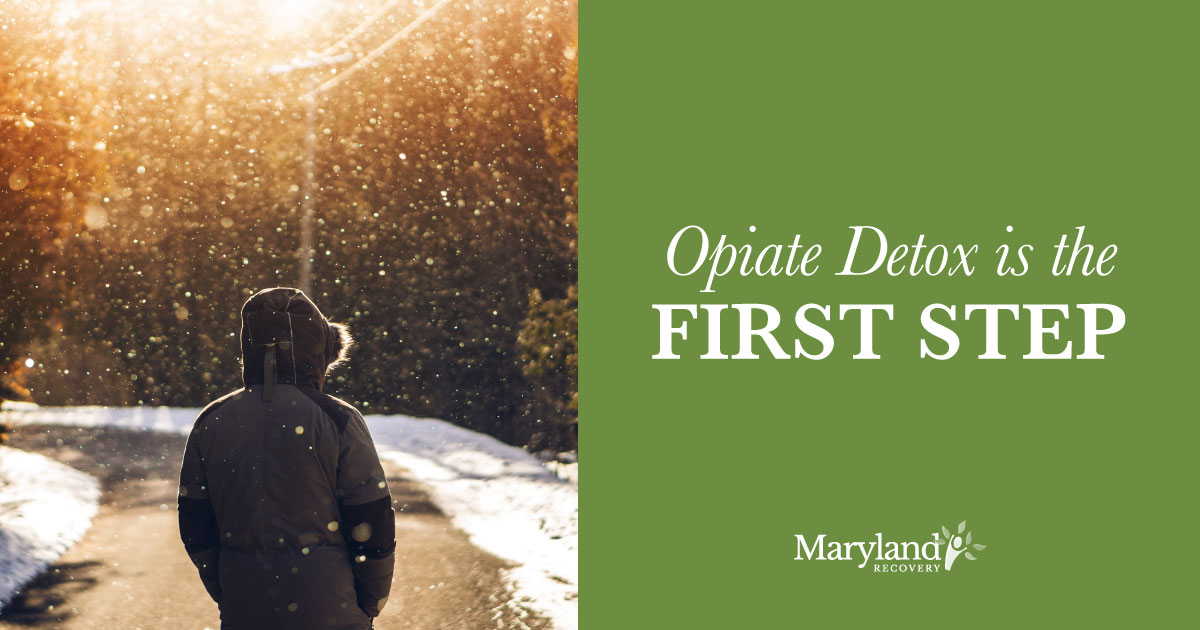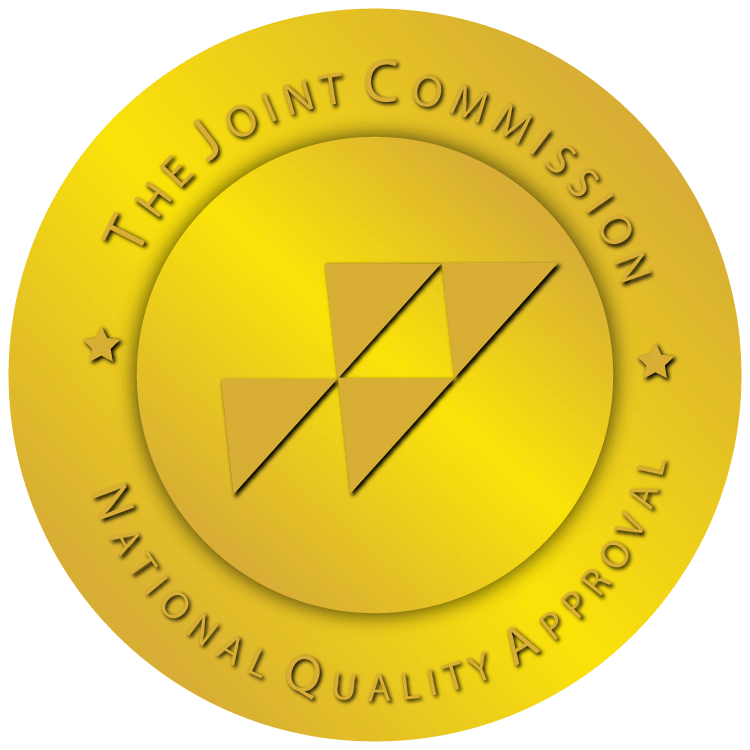Recovery from Opiate Addiction: Detox Is the First Step
There are almost 2 million Americans struggling with opioid addictions. You are not just one in a sea of faces, however; you are an individual with unique needs and addiction treatment requirements.
It is possible to break the cycle of opioid addiction. It starts with medically assisted opioid detox, and then moves on to custom-tailored rehabilitation. Here’s your guide on what to expect during these processes.
First Step: Medically Assisted Detox
Medically assisted treatment, or MAT, is absolutely critical for successful opioid detox. Opioids/opiates include illicit drugs like heroin and opium, as well as opiate-based prescription drugs such as:
- Oxycodone (Oxycontin, Percocet)
- Hydromorphone
- Hydrocodone
- Morphine
- Fentanyl
- Other Rx painkillers
Opioid dependency changes the fundamental functions of the brain and body. Quitting opioids cold turkey can be extremely harmful and even deadly.
It is very important that anyone wanting to recover from opioid addiction should start with medically assisted opioid detox. MAT helps control withdrawal symptoms and drug cravings in those detoxing from opioid addiction. MAT combines special detox-assisting medications with behavioral therapy to treat opioid use disorders.
Certain detox medications have become central components of opiate detox, as well as for other types of drug addictions and even alcohol dependency. MAT is important for reducing unpleasant withdrawal symptoms that could otherwise lead to relapse, such as nausea and anxiety.
MAT is not an addiction “cure” and does not ensure success. It does, however, greatly improve the odds of a successful and risk-free recovery. MAT is the best way to monitor a person’s health and safety during opiate withdrawal.
What to Expect During MAT for Opiate Addiction
To receive medically assisted detox, talk to a physician or treatment center that offers this service. A physician will supervise the MAT process at all times, and prescribe medications. After the initial physician consultation and evaluation, you will receive the appropriate medication or another therapy prescription.
At this point, you may have the option to either stay in a recovery home during detox or join an intensive outpatient drug program. The physician will recommend which would be best for you depending on your addiction and unique needs. MAT requires maintenance of medication administration, from the induction phase to the withdrawal phase. Going through these phases with physician supervision is vital to the overall health and safety of the patient.
No two addictions are the same. Your rehab experience can be altered according to:
- Your medical history
- Opiate abuse history
- The specific opiate used
- The physician supervising the treatment
More serious drugs such as heroin and Oxycontin may require more medical attention than those with less severe physical withdrawals. Relapse is very common in opioid addiction recovery, but going through the drug addiction detoxification process under supervision can help prevent relapse.
Second Step: Rehabilitation
Upon completion of the detox phase, the rehabilitation and recovery phases can begin. Completing each step in order is the best way to facilitate long-term addiction recovery. Detoxing first makes entering rehabilitation much easier, as the patient will be medically stable, with the opioids safely out of his or her system. Going through detox first can allow the patient to enter rehab with a clear mind and the foundation to make recovery last.
Rehabilitation is the phase in which a recovering person learns how to live a new life – a life without drugs. With a professional rehabilitation staff helping patients every step of the way, it’s easy to learn relapse prevention techniques and tools for coping with cravings. During rehab, an individual will learn how to deal with stressful or depressing situations in healthy ways during sobriety, instead of turning to opioids.
Rehabilitation, like detox, is not a magic solution. It is, however, an experience that can equip an individual with the skills to conquer lifelong addiction recovery.
During rehabilitation, you can learn healthy habits to fill your time and cope with pressures – habits such as yoga or meditation. These can become your go-to stress relievers instead of drugs. Rehabilitation is about healing the mind, body and spirit, as well as preparing for a fulfilling life of sobriety.
Third Step: Recovery
Recovery is a journey, not a destination. Relapse will always be a possibility to an addicted person in recovery. It is how the person resists relapse that defines long-term recovery.
Even after the detox phase and acute withdrawals end, many in recovery experience a wide range of mild symptoms in the first months and even years of recovery – called protracted withdrawal or post-acute withdrawal syndrome (PAWS). Without professional help, these symptoms can deter people during the first year of recovery.
PAWS can include:
- Impulsivity
- Depression
- Anxiety
- Insomnia
- Opioid cravings
The presence of protracted withdrawal can lead to relapse if the patient isn’t aware of the syndrome and what to do about it. Recognizing and managing symptoms of PAWS is key. Symptoms connected specifically to opioids include fatigue, dysphoria (state of unease and dissatisfaction) and irritability.
People recovering from heroin dependency may also experience issues with executive control functions that can persist for months or years after the initial period of acute withdrawal. While not everyone experiences it, PAWS is a normal and expected part of recovery. It does not have to be your downfall.
Recovery centers can help clients get through protracted withdrawal through education, celebrating each accomplishment, and giving helpful advice. The recovery care program at Maryland Recovery includes unique methods to help patients cope with PAWS.
Opioid Addiction Rehab Options at Maryland Recovery
At Maryland Recovery, we offer a partial hospitalization program (PHP) and intensive outpatient program (IOP) for opiate rehabilitation and recovery. Our PHP focuses specifically on dual diagnoses of mental health conditions as well as addiction. In this program, patients receive individualized opioid treatment daily, for several hours at a time. PHP treatment plans focus on the long term, addressing underlying mental health issues that contributed to the development of the opiate addiction.
The IOP is our premier program for opioid recovery care. It is a sought-after program for people all over the United States, especially those looking for recovery homes on the East Coast, because of our unique approach to outpatient care. In our IOP, patients in recovery reap the benefits of intensive outpatient treatment while living in a secure and comfortable recovery home. This combination has led to excellent results, helping patients understand what to expect regarding PAWS, cravings, relapse and issues in recovery.
With professionals guiding you through every step of recovery, you can tackle any complications that come your way. The Maryland Recovery IOP gives you the tools and ability to live a full life of sobriety.
If you’re worried about the risks of relapse or PAWS, we recommend enrolling in the IOP after detox. It’s the best way to receive as much professional treatment as you can get before returning to the outside world and practicing recovery strategies on your own. With this program, you have the best chance at making it through your first year sober – and the following years to come.
Explore Intensive Outpatient Treatment
Reviewed by Christopher Schwartfigure MS, LGPC, CAC-AD









